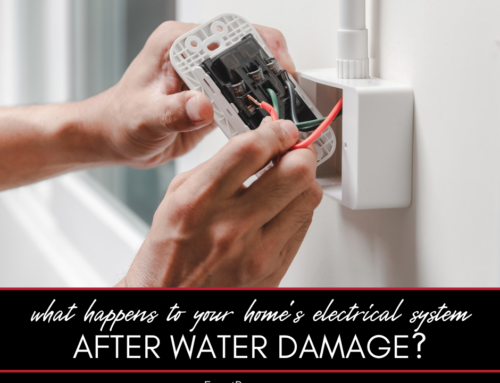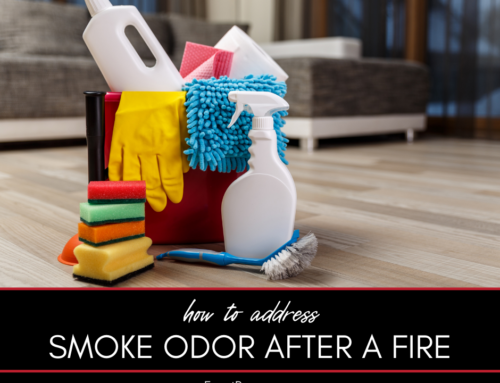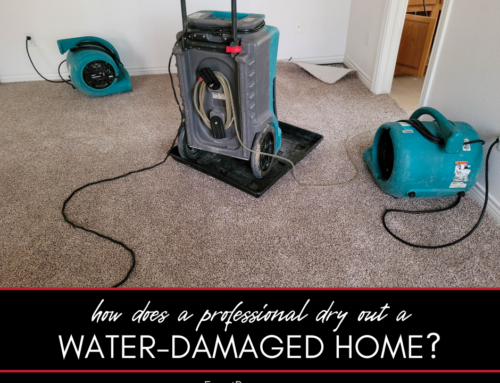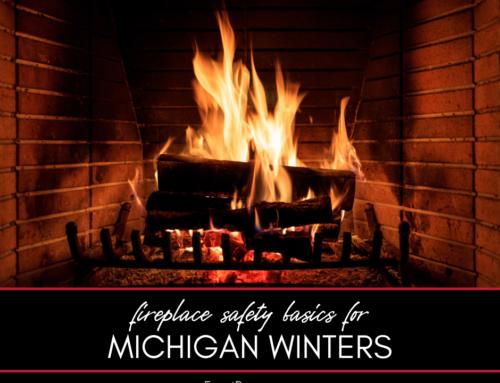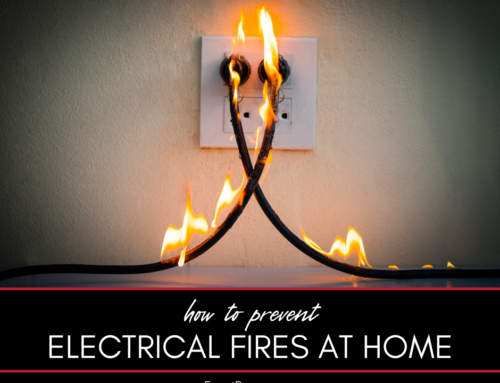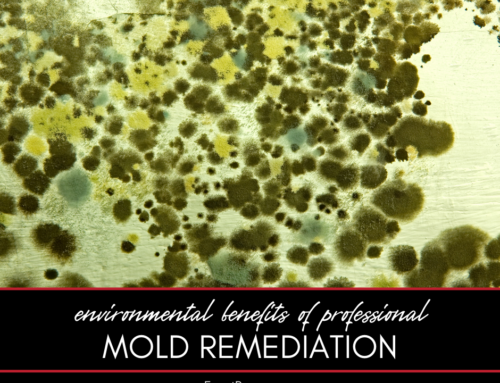Smoke residue left behind after a fire is more than a lingering nuisance—it can damage surfaces, reduce indoor air quality, and pose health risks if not cleaned thoroughly. Addressing smoke residue effectively involves both DIY methods and, in some cases, professional assistance to fully restore your home to a clean, safe environment. Here’s how to tackle smoke residue after a fire.
What to Do About Smoke Residue After a Fire
Addressing smoke residue after a fire requires effective cleaning methods to prevent damage and restore a fresh environment. This guide covers the following steps:
- Removing soot and smoke residue from surfaces
- Cleaning fabrics, upholstery, and personal items
- Using air purifiers to improve indoor air quality
- Cleaning HVAC systems and vents
- Knowing when to consult professional smoke damage restoration services
Here’s a closer look at each.
Removing Soot and Smoke Residue from Surfaces
One of the first steps in addressing smoke residue is to clean all visible soot from surfaces such as walls, ceilings, floors, and furniture. Smoke residue often appears as dark stains or patches, especially on surfaces close to the fire source.
- Dry Cleaning Sponges: Begin by using a dry cleaning sponge, also known as a “chemical sponge,” specifically designed for removing soot. Gently wipe affected surfaces without water, as moisture can smear soot and make it more difficult to clean.
- Wet Cleaning Solutions: After removing loose soot, use a solution of water and white vinegar, or a mild detergent, to clean walls, floors, and countertops. Avoid oversaturating the sponge or cloth to prevent pushing residue deeper into porous surfaces.
- Avoiding Abrasive Cleaners: Strong chemicals and abrasive cleaners can damage walls, wood, and other delicate surfaces. Stick with gentle solutions that are effective without risking further damage to surfaces.
These methods can help remove soot and neutralize some of the smoke odor in the process.
Cleaning Fabrics, Upholstery, and Personal Items
Fabrics, upholstery, and personal items are especially prone to absorbing smoke residue, which can make the odor and particles hard to eliminate. Smoke can penetrate deep into fibers, so surface-level cleaning may not be enough.
- Laundering Fabrics: For items that are machine washable, add a cup of white vinegar along with detergent to help neutralize odor and remove residue. Repeat the wash cycle if necessary to achieve a fresh result.
- Baking Soda Treatment for Upholstery: For carpets and upholstered furniture, sprinkle baking soda over the surface and let it sit for several hours before vacuuming. Baking soda absorbs odor and can help remove some of the smoke particles.
- Professional Cleaning Services: For stubborn smoke residue or delicate items, consider professional cleaning services that specialize in upholstery, carpets, and other household fabrics. These services use specialized cleaning solutions and equipment to deep-clean and deodorize fabrics.
Thoroughly cleaning fabrics and upholstery is essential to prevent the odor and residue from becoming trapped in these materials.
Using Air Purifiers to Improve Indoor Air Quality
Even after surface cleaning, smoke particles can remain airborne, affecting indoor air quality and causing odor to linger. High-quality air purifiers equipped with HEPA and activated carbon filters are effective in capturing smoke particles and neutralizing odors.
- HEPA Filters: HEPA filters capture fine particles, including smoke residue, preventing them from recirculating in the air. Place air purifiers with HEPA filters in rooms affected by smoke, running them continuously for several days to help clear the air.
- Activated Carbon Filters: Carbon filters are effective at absorbing odors, making them an excellent choice for smoke-affected areas. These filters remove smoke-related odors from the air, helping to create a fresher environment.
- Ventilation: Open windows and doors when possible to increase airflow. Fresh air helps remove lingering smoke particles and odors.
Using air purifiers and proper ventilation together is effective in restoring indoor air quality after smoke damage.
Cleaning HVAC Systems and Vents
Smoke particles can travel through your home’s HVAC system, spreading odor and residue to other areas. To prevent this, address HVAC components soon after cleaning other parts of the home.
- Replacing Air Filters: Change HVAC air filters with high-efficiency options, such as HEPA filters, to trap fine particles effectively. Frequent filter replacement is essential after a fire.
- Duct Cleaning: Professional duct cleaning can remove smoke residue trapped in ductwork, ensuring that smoke particles aren’t circulated back into your home.
- Checking Vents: Clean individual air vents and grilles to remove any visible residue, helping prevent recontamination.
Maintaining a clean HVAC system is crucial to ensuring that your home remains free of smoke residue and associated odors.
Knowing When to Consult Professional Smoke Damage Restoration Services
In severe cases, smoke residue may require professional remediation services, especially if residue has penetrated walls, flooring, and insulation. Professional services use advanced techniques and equipment to ensure thorough removal of smoke residue and odors.
- Thermal Fogging: This method disperses a deodorizing fog that penetrates surfaces and materials to neutralize smoke odors.
- Ozone Treatment: Ozone generators release ozone particles that bind with odor-causing particles, neutralizing them at a molecular level. Ozone treatments should only be done in unoccupied spaces.
- Hydroxyl Generators: Safe for occupied spaces, hydroxyl generators work similarly to ozone by breaking down odor-causing particles. Professionals use these generators to reduce smoke odors over time.
Professional restoration services provide an effective solution for cases where DIY cleaning methods aren’t enough to fully address smoke residue and odors.
Do You Need a Disaster Remediation Expert in Washtenaw County or Jackson County?
If your home has already been damaged, we can help. Check out our services and call Exact Recon for your free disaster remediation quote today. We offer:
- Water damage restoration
- Fire damage restoration
- Mold removal and remediation
- Fire and smoke restoration
- Sewer cleanup and disinfecting
- Reconstruction
- Wind and storm damage repair



